| Kawasaki Heavy Industries & Nippon Sharyo C751B | |
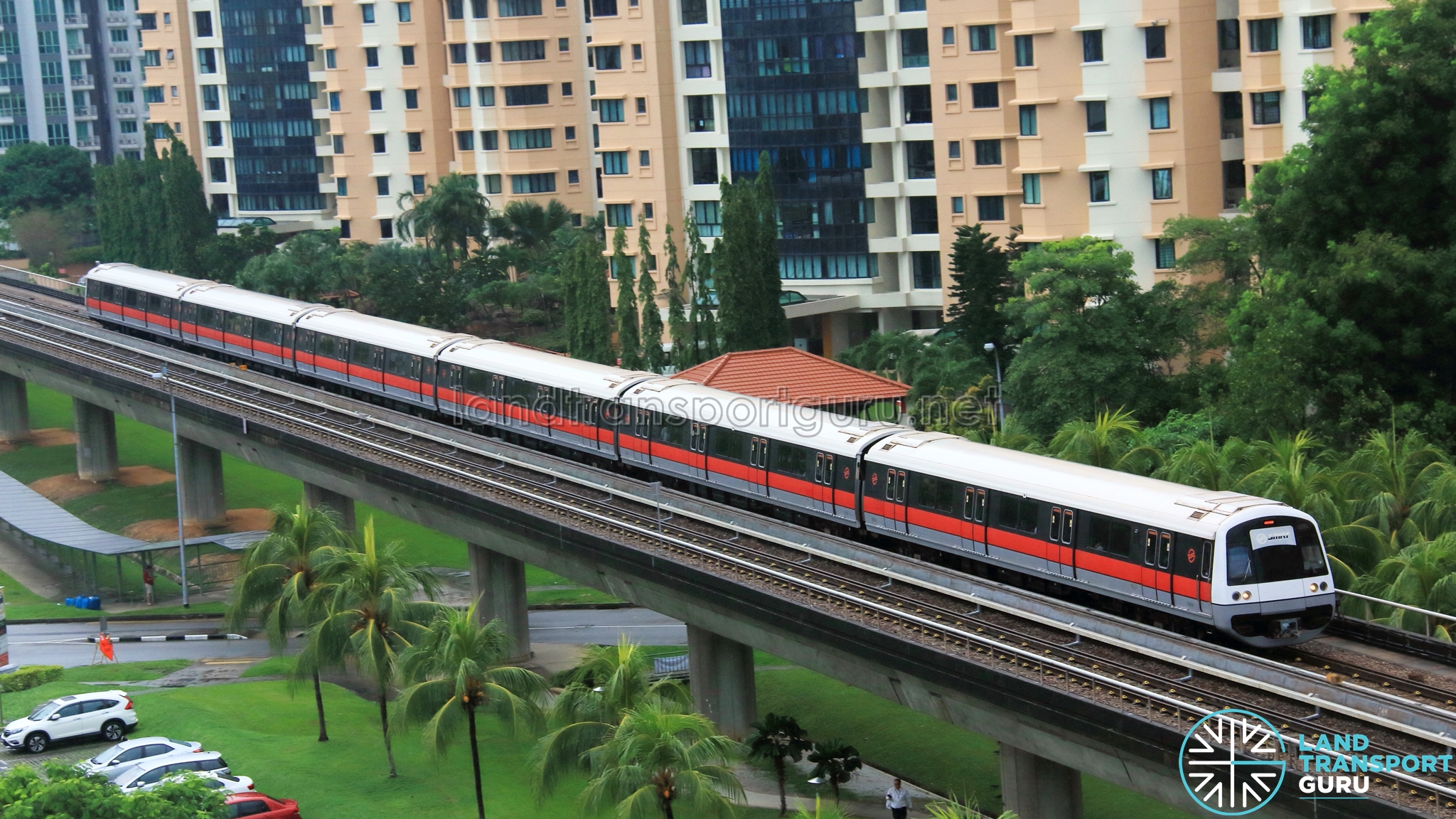 |
|
| In service | 28 Jan 2000 – 30 Sep 2024 |
| Manufacturer | Kawasaki Heavy Industries & Nippon Sharyo |
| Constructed | 1999 – 2001 |
| Number built | 126 Vehicles (21 trainsets) |
| Formation | 6 cars per trainset DT–M1–M2–M2–M1–DT |
| Fleet number | 311/312 – 351/352 |
| Operators | SMRT Trains |
| Former Depot(s) | Bishan, Changi, Tuas and Ulu Pandan |
| Former Line(s) served | North South Line & East West Line |
| Technical Data | |
| Car body | Aluminium-alloy double-skinned |
| Doors | 8 per car |
| Electrification | 750 V DC Third rail |
| Track gauge | Standard Gauge (1435mm) |
The Kawasaki Heavy Industries & Nippon Sharyo C751B was an electric multiple unit (EMU) train which operated on the North South Line (NSL) and East West Line (EWL). Entering service in 2000, these were the third generation of rolling stock, purchased ahead of the opening of the EWL’s Changi Airport Branch Line in 2001 (to Expo) and 2002 (to Changi Airport).
Twenty-one trainsets comprising six cars each were procured. They were manufactured from 1999 to 2001 by both Kawasaki Heavy Industries and Nippon Sharyo in Japan to identical specifications, and hence bear no comparable differences.
The rolling stock was last spotted in service on 30 September 2024.
Background
Contract 751B (C751B) for the supply of 21 additional trainsets for the Singapore MRT network was initiated ahead of the opening of the Changi Airport Branch along the East West Line, which connected Tanah Merah to Changi Airport via Expo.
Awarded to a consortium of Kawasaki Heavy Industries and Nippon Sharyo at a cost of S$11 million per train, these trains were built in Japan. Each 6-car train is actually two 3-car trainsets coupled together, each comprising of a Driving Trailer (DT) and two Motor Cars (M1 and M2).
History
Revenue service commenced with one train began carrying passengers on 28 January 2000. The formal launch ceremony for the rolling stock was held at Ang Mo Kio station on 8 May 2000.
It was the first type of train in Singapore to be painted in a black base coat, with a central red stripe and a lower grey band running the length of the train. The front of the train was sloped to create a streamlined look, and it was the first was coated in scratch-resistant paint. On the interior, each car featured a different colour scheme, namely fuchsia, cobalt blue and turquoise from each end to the middle cars. These trains were also the first to be fitted with a Visual Passenger Information System (VPIS) supplied by ST Electronics, with ceiling-mounted LED textual displays and LCD screens above the rows of seats. These were later removed.
With a portion of the C751B trains ordered for the Changi Airport Branch Line, 5 trains had luggage racks were installed in every carriage, taking up two seats worth of space. Passengers on Airport through-services preferred not to use them likely for fear of theft and were further underutilised when through-services were withdrawn in favour of a shuttle service between Tanah Merah and Changi Airport. In 2003, all luggage racks were removed, leaving an empty space that serves as a wheelchair bay.
From 2009 onwards, the SMRT Active Route Map Information System (stylised as STARiS) was progressively installed on all C751B trainsets, consisting of 4 Vacuum Fluorescent Displays (VFD) mounted near the ceiling and 8 active route maps mounted above every door in each car. This replaced the existing VPIS system, which was deactivated and partially dismantled. In 2013, two additional rows of handgrips were installed, and the trifurcated stanchion poles were replaced with vertical poles.
Between 2014 and 2015, all C751B trains were upgraded with Thales SelTrac Communications-Based Train Control (CBTC). Additional signalling equipment was installed at both ends of every train, replacing 2 seats at each end with a signal box.
Design
All C751B trains are comprised of six cars with open gangway connections between all cars. Each car has eight doors, four on each side. The interior features longitudinal seating in three colors: fuchsia, cobalt blue and turquoise from the end cars to the middle cars. Priority seats are located in every car, near the doors, with the exception of the seat beside the former luggage rack. All trains are equipped with STARiS, SMRT’s active route information system comprising ceiling-mounted textual displays and active route maps above every door.
Emergency Exits are located at both ends of every train, with a ramp that can be deployed in an emergency. Within the cabin, Emergency Communication Buttons are located at the side of the train doors, enabling passengers to speak with staff in an emergency. Fire extinguishers are also placed in every car.
Train Formation
A six-car trainset is formed of two three-car sets permanently coupled together. Each set comprises one driving trailer (DT) and two motor cars (M1 and M2). As such, the running configuration of a C751B trainset is DT–M1–M2–M2–M1–DT.
Every car is identified by a four-digit number ranging from x311 to x352, where the first digit x is carriage identifier. The driving cab is 3, followed by the second car using 1 and the third car using 2. The last three digits refer to the 3-car trainset of which the train is comprised of. SMRT’s 21 trains are actually 42 3-car trainsets coupled together in an even-odd arrangement, i.e. Set 311/312, Set 313/314 and on to Set 351/351.
As such, a sample Set 311/312 will contain the carriage numbers 3311-1311-2311-2312-1312-3312. Depending on the direction of travel, the sequence may be reversed. On rare occasions, trainsets may be cross-coupled.
- Kawasaki Heavy Industries built sets 311-312, 315-316, 319-320, 323-324, 327-334, 343-344, 347-348 and 351-352.
- Nippon Sharyo co-built sets 313-314, 317-318, 321-322, 325-326, 335-342, 345-346 and 349-350.
Accidents & Incidents
On 13 April 2002, a propulsion fault was identified with a C751B train, and Japanese technicians subsequently identified metal fragments in the gearboxes. The fragments had caused the train’s wheels to lock in one position, preventing them from moving smoothly. After finding similar problems on other C751B trains, SMRT withdrew all 21 C751B trains from service on 23 April 2002, representing some 20 percent of its entire fleet.
As a result, Boon Lay – Changi Airport through-services were temporary withdrawn and replaced with a Tanah Merah – Changi Airport shuttle service. Train frequencies were also adjusted until 8 trains returned to service in May. By June 2002, Airport through-services were resumed after all C751B trains returned to service.
Mock Up Cabin
A mock-up cabin of a C751B train car is located within the premises of ITE College West for training purposes. The cabin was dismantled in March 2024.
Decommissioning of Trains
Main Article: Decommissioning of C751B trains
C751B trains were progressively decommissioned from 2021.
Car 3320 is preserved at the ITE Rail Engineering Hub in ITE College West for training purposes from May 2023.
Several train carriages were preserved for military training purposes at SAFTI City.
Car 3326 is preserved at one-north to be repurposed as a hotel in June 2024.
Car 2317 is preserved at City Square Mall as CDL EcoTrain in September 2024.
Cars 3337 & 3338 were not sent for scrapping along with the other train cars of the trainset in December 2024.
Gallery:
External Links & References
- New MRT Trains Are His Baby – eNewspaper SG
- SMRT spends big to iron out the kinks – eNewspaper SG
- Train wheels locked – eNewspaper SG
- Kawasaki Heavy Industries & Nippon Sharyo C751B – Wikipedia
- Kawasaki Heavy Industries & Nippon Sharyo C751B (KNS) – SGTrains
Back to Trains

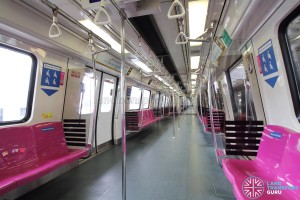
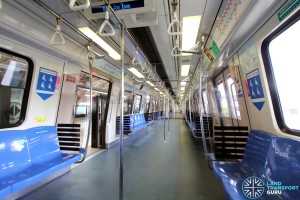
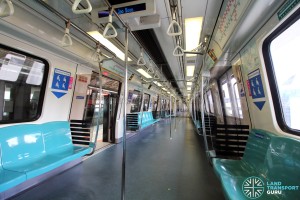
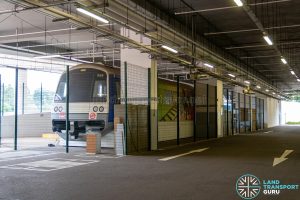
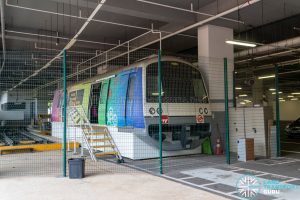


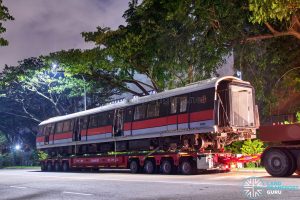


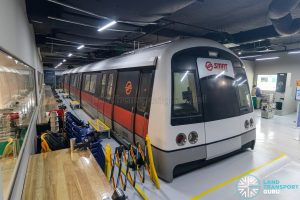
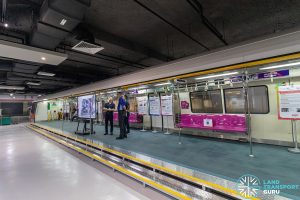
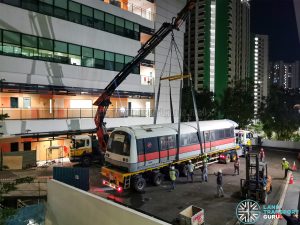
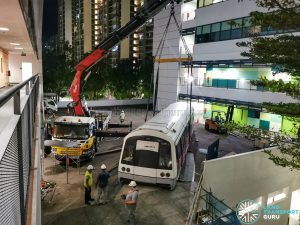
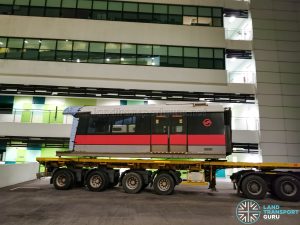
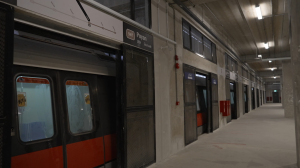
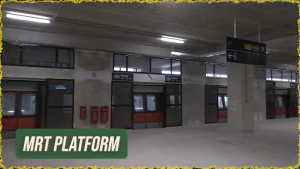
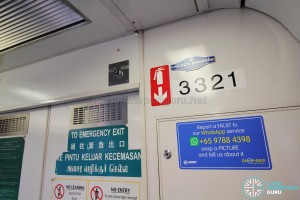
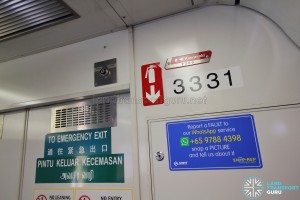
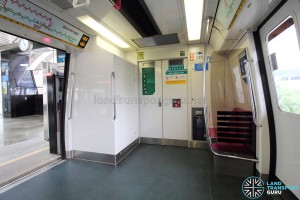

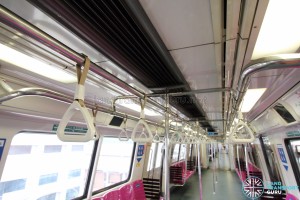
Bruh, it’s so weird that the R151 is the one who replaced C151, C651 and C751B when C151B and C151C looks the same as C751B. So they could replace it. C151A could replace the C151 and C651. They are the trains that should actually replace them.
You are not making sense. There are 106 pre-KSFs. If the 92 KSFs replace the pre-KSFs, how are there going to be enough trains? You think the NSEWL can run on a mere 92 trains?
aww… It’s sad to see the C751B retiring. I will like it if you refurbish them instead…
We’re down to 3 KNS now 🙁
Cherish the 7 remaining SIE / KNS sets.
Down to 2 as of T.O.P.
5 remaining SIE/KNS sets.
Not looking good…